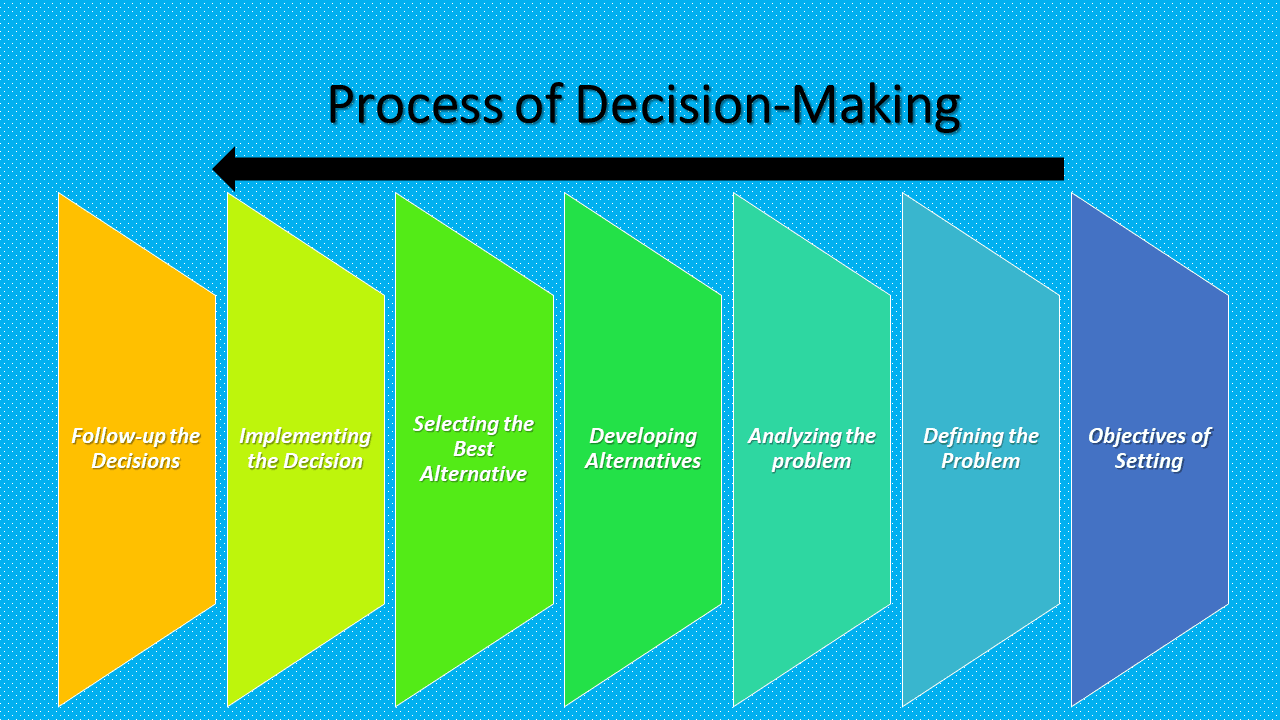Data Analytics: The digital revolution has generated an unprecedented volume of data, redefining how organizations approach decision-making. Data analytics has emerged as a transformative tool, enabling businesses to turn raw data into meaningful insights. For specialists in finance and operations, mastering data analytics is crucial to delivering value, improving efficiency, and driving innovation.
Leveraging Data Analytics for Strategic Financial and Operational Decision-Making
This article explores how data analytics can strategically optimize financial and operational processes, highlighting its role in enabling informed, precise, and impactful decisions.
The Evolution of Data Analytics in Strategic Planning
Data analytics involves applying computational techniques to extract patterns, correlations, and insights from structured and unstructured datasets. With advancements in artificial intelligence (AI), machine learning (ML), and big data technologies, data analytics has evolved from a support function to a cornerstone of strategic planning.
In finance and operations, data analytics allows professionals to move beyond reactive problem-solving to proactive, forward-looking strategies. This transition empowers organizations to make decisions backed by robust data, fostering agility and resilience in today’s dynamic business landscape.
The Role of Data Analytics in Finance
Finance is a discipline inherently tied to numbers and trends, making it a natural application area for data analytics. By leveraging analytics, finance professionals can achieve a deeper understanding of performance metrics, forecast future outcomes, and identify areas for improvement.
1. Financial Planning and Forecasting
Forecasting is essential for setting realistic business goals and allocating resources effectively. Data analytics integrates historical data, real-time market information, and predictive models to create detailed financial forecasts. These forecasts help organizations anticipate cash flow needs, manage seasonal fluctuations, and identify growth opportunities.
For instance, by employing regression models, businesses can project revenue based on market trends and customer behaviour. This data-driven approach minimizes guesswork, aligning financial goals with achievable outcomes.
2. Portfolio Management and Investment Strategies
In investment management, data analytics helps identify opportunities, manage risks, and optimize asset allocation. Sophisticated models analyze historical performance and macroeconomic indicators to provide insights into portfolio diversification and risk-adjusted returns.
Through scenario analysis and Monte Carlo simulations, financial analysts can test investment strategies under various market conditions, enhancing decision-making precision. These tools empower organizations to allocate capital effectively and achieve sustainable financial growth.
3. Risk Mitigation
Risk management is a critical responsibility of financial teams, and data analytics strengthens this capability. Advanced risk models assess exposure to various scenarios, from market volatility to regulatory changes. By employing analytics, organizations can identify vulnerabilities and implement mitigation strategies pre-emptively.
For example, tools like Value at Risk (VaR) and stress-testing frameworks help businesses quantify potential losses and evaluate their resilience under adverse conditions. These insights enable organizations to safeguard their financial health in an increasingly uncertain environment.
Optimizing Operations Through Data Analytics
Operational efficiency is the backbone of a successful organization. Data analytics enhances operational processes by identifying inefficiencies, improving workflows, and aligning resources with strategic priorities.
1. Supply Chain and Logistics Optimization
In supply chain management, data analytics improves inventory planning, supplier relationships, and logistics efficiency. By analyzing historical procurement patterns and real-time demand signals, businesses can minimize waste, reduce costs, and meet customer expectations.
Predictive analytics enables organizations to forecast demand fluctuations, ensuring inventory levels are optimized without overstocking or understocking. Prescriptive analytics takes this a step further by recommending actionable solutions, such as adjusting supply routes or renegotiating vendor contracts.
2. Streamlining Internal Processes
Internal workflows often suffer from bottlenecks and redundancies. Analytics identifies these pain points, allowing businesses to implement solutions that enhance productivity. Process mining tools, for example, analyze system logs to map workflows and detect inefficiencies.
Organizations can use this information to redesign processes, reallocate resources, and improve turnaround times. These improvements lead to cost savings and a more agile operation, positioning businesses for long-term success.
3. Workforce Analytics
Human resources are another area where analytics creates a significant impact. Workforce analytics examines employee performance, engagement, and retention, providing actionable insights to optimize talent management.
For instance, predictive models can identify patterns that contribute to employee turnover, enabling businesses to implement targeted retention strategies. Similarly, performance analytics highlights areas where additional training or support is needed, fostering a high-performing workforce.
Data Integration for Holistic Strategy Development
The true value of data analytics lies in its ability to integrate insights across departments, fostering collaboration and alignment with organizational goals.
1. Unifying Decision-Making
Data integration ensures that decision-making processes are informed by a comprehensive view of the organization. For example, combining sales data with financial forecasts provides clarity on revenue expectations, while customer insights enhance product development strategies.
This unified approach ensures that all departments work toward shared objectives, creating synergy and improving overall performance.
2. Enhancing Customer Experiences
Data analytics also supports customer-centric strategies by analyzing behaviour, preferences, and feedback. Organizations can segment their audience, personalize marketing campaigns, and develop products that meet customer needs more effectively.
By tracking customer engagement metrics, businesses can refine their strategies continuously, ensuring long-term loyalty and satisfaction.
The Role of Technology in Advanced Analytics
The rise of advanced technologies has expanded the scope of data analytics, making it more accessible and impactful than ever before.
1. Artificial Intelligence and Machine Learning
AI and ML algorithms uncover insights by analyzing patterns and predicting outcomes with unprecedented accuracy. For example, anomaly detection systems flag irregularities in transactions, helping organizations identify potential fraud.
In operations, reinforcement learning models simulate scenarios to determine optimal outcomes, such as supply chain configurations or production schedules. These technologies drive smarter, faster decision-making.
2. Cloud Computing and Scalability
Cloud-based analytics platforms provide organizations with the flexibility to scale their data capabilities as needed. These platforms enable real-time data sharing and analysis, supporting collaboration across teams and geographies.
With tools like Microsoft Azure and Google Cloud, businesses can access advanced analytics solutions without investing heavily in on-premises infrastructure. This democratization of technology ensures that organizations of all sizes can leverage analytics effectively.
Navigating Ethical and Regulatory Considerations
As data analytics becomes more pervasive, businesses must address ethical and regulatory challenges. Issues such as data privacy, cybersecurity, and compliance require robust governance frameworks to ensure responsible use of data.
For example, adhering to regulations like GDPR and HIPAA protects customer information while maintaining transparency. By establishing clear data policies and safeguards, organizations can build trust and avoid legal complications.
Future Prospects: The Next Frontier in Analytics
Emerging technologies are poised to shape the future of data analytics, introducing new opportunities and challenges.
- Edge Computing: Processing data closer to its source reduces latency and enhances real-time decision-making, particularly in IoT applications.
- Blockchain: The transparency and security of blockchain technology make it ideal for financial analytics and transaction monitoring.
- Quantum Computing: As quantum technology matures, its ability to process complex datasets will revolutionize predictive and prescriptive analytics.
Conclusion
Data analytics is no longer a supplementary tool—it is a strategic imperative for modern organizations. Its applications in finance and operations create value by enabling smarter decisions, improving efficiency, and fostering innovation.
As a specialist in data analytics, my expertise lies in transforming data into actionable insights that drive meaningful results. By combining technical proficiency with a strategic mindset, I aim to empower organizations to navigate complexity and achieve their goals with confidence.
About the Author
Dr Srinidhi Vasan: Founder of Viche Financials, Dr Srinidhi Vasan is a leader in financial services innovation, specializing in ESG-focused investments and fintech solutions. With a Doctorate in Business Administration and extensive experience in Innovative finance-based solutions for SMEs, Dr Vasan is dedicated to driving impactful investment strategies.






